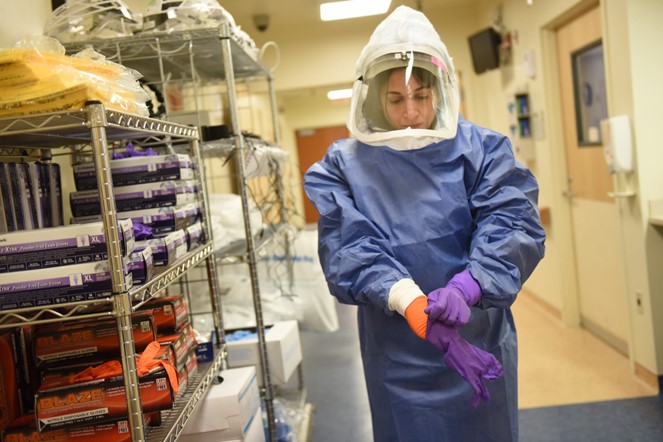
The Volume Change of Non-Covid Related Medical Studies During the Pandemic
Did Covid19 related efforts by the pharmaceutical and biotech industry pull dollars from or impede the progression of non-Covid medical research? Also, were patient-enrolled studies significantly curtailed or paused during this period? Answers to these questions had been hard to quantify. Public estimates have ranged from the virus as having a minimal impact all the way to the other extreme of tragic decline. Applied Clinical Trials, an industry publication, has found a unique and accurate source from which to remove the guesswork and mine for a conclusion. From this, they were able to come to a definitive conclusion that surprised both extremes in expectations.
Statistical Sources
The US government’s Open Payments program is a national database that discloses payments made by drug and medical device companies to hospitals, physicians, and others in the health service provider field. The purpose of the data is to provide transparency; however, it has ample information to do analysis and provide conclusions on other questions related to clinical research or the broader medical arena.
Applied Clinical Trials discovered from Open Payments that the effect on the total volume of US clinical trial activity was quite limited. The statistics reveal that the overall pharmaceutical industry spending on all US patient enrollment and treatment activities did not decline in the years 2020 and 2021, from the year 2019, which was used as a baseline.
How the Data Was Used
The Open Payments database allowed direct measurement of the impact of COVID-19 on US industry-sponsored clinical trial activity through the end of 2021. More recent data is not yet available. The researchers learned Covid19 may have slowed and hindered the launch and execution of clinical trials in two ways. First, COVID-19 clinical trials may have displaced other clinical trial activity. Second, the Covid19 pandemic caused logistical and operational challenges to most clinical trials. Do you remember the six-foot rule? Recruiting patients, treating these patients, and validating source data are some of the areas where the pandemic created more than the normal amounts of hurdles for clinical trials.
The needed data was isolated by coding Open Payments by individual study indication. Also the U.S. National Library of Medicine (under the NIH) maintains the website clinicaltrials.gov. This website shows little or no decline in the number of US sites opened for Phase II and III clinical trials between 2019, 2020, and 2021. Of course open sites may reveal the amount of patient activity taking place. A Site may be opened, but have less patient activity. Therefore assessing actual activity levels from the ClinicalTrials.gov database is nt perfect. However, Open Payments provides more complete data since the payments are predominately tied to patient enrollment and treatment experienced.

Overall Conclusion
The research shows there was no decline in non-COVID related study spending during the height of pandemic. Open Payments data show a constant, if undramatic, increase in US clinical trials between 2017 and 2021. Even when Covid19 related spending during the time period was removed, they saw no decline in study spending. Trials continued, through the period, at a rate that is similar to the year just prior to the start of the pandemic.
More About Open Payments
Open Payments is the result of a federal law, the Sunshine Act. Searches and downloads on the website are easy and may only be slowed by the size of many of the files. The data may not reach back beyond ten years because the site has only existed since late 2013. Since, pharmaceutical companies with at least one marketed product have been required to report payments to physicians and other medical professionals. These Open Payments include two types: general and research. General payments relate to pharmaceutical companies’ payments to medical professionals when marketed products are involved. Research payments are more restricted. They are broken down by clinical grant payments. These cover virtually all clinical investigators and their clinical trial experience across all indications.
Investor Take Away
Investors had been concerned that the pipeline at companies manufacturing medical devices and developing drugs, therapies, and other treatments may have a less full pipeline because of the pandemic and the US response to it. While the data doesn’t speak to the speed of the FDA approval process, it alleviates concerns that the related investment sectors were on hiatus and now behind on phase II and phase III trials.
Managing Editor, Channelchek
Sources